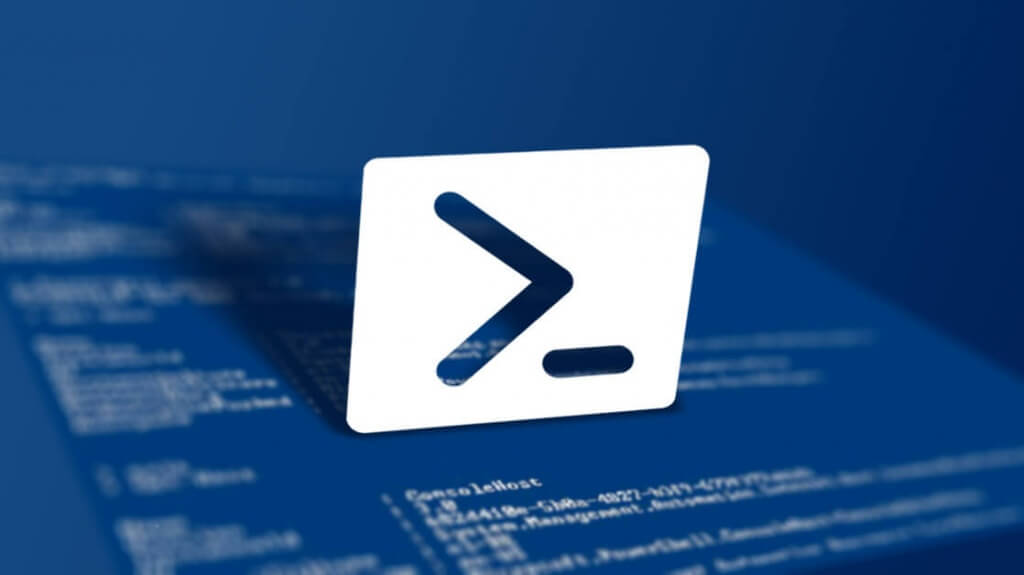Are you asking if it is possible to set a environment variable at the system level from a command prompt in [easyazon_link identifier=”178439307X” locale=”US” tag=”wn0d5-20″]Windows Server 2012 R2[/easyazon_link]? The answer is YES. I am for example trying to set system variables for my Amazon ACCESS and SECRET key so I can utilize the Amazon CLI tools. You can add User or System variables via GUI:
- Press “Windows-Key+X” and select System
- Select Advanced System Properties
- Select Environment Settings
- Now you can add User or System variables
Other way is to use simple command line and save few click for your self 🙂
- Open CMD.exe and run as Administrator
To add user variable such as JAVA_HOME=C:\Program Files (x86)\Java\jre
setx JAVA_HOME "C:\Program FIles (x86)\Java\jre"
To add system variables you have to use switch -m in the command line
setx -m AMAZON_ACCESS_KEY "012343456789" setx -m AMAZON_SECRET_KEY "vmadvgjhgsdjgsdiiuuygdisggksgd"
If you check the variables via GUI path – you will see that these variables are added in the correct place. I am sure now you think that this can be scripted – yes it can. Easily you can create a batch file with those variables and run as Administrator to apply them into your system.
About the utility – you can find it in [easyazon_link identifier=”1449371620″ locale=”US” tag=”wn0d5-20″]Windows 8[/easyazon_link], [easyazon_link identifier=”0735682550″ locale=”US” tag=”wn0d5-20″]Windows Server 2012 R2[/easyazon_link]:
C:\setx /?
Description:
Creates or modifies environment variables in the user or system
environment. Can set variables based on arguments, regkeys or
file input.
-
NOTE: 1) SETX writes variables to the master environment in the registry.
2) On a local system, variables created or modified by this tool
will be available in future command windows but not in the
current CMD.exe command window.
3) On a remote system, variables created or modified by this tool
will be available at the next logon session.
4) The valid Registry Key data types are REG_DWORD, REG_EXPAND_SZ,
REG_SZ, REG_MULTI_SZ.
5) Supported hives: HKEY_LOCAL_MACHINE (HKLM),
HKEY_CURRENT_USER (HKCU).
6) Delimiters are case sensitive.
7) REG_DWORD values are extracted from the registry in decimal
format.
Examples:
SETX MACHINE COMPAQ
SETX MACHINE "COMPAQ COMPUTER" /M
SETX MYPATH "%PATH%"
SETX MYPATH ~PATH~
SETX /S system /U user /P password MACHINE COMPAQ
SETX /S system /U user /P password MYPATH ^%PATH^%
SETX TZONE /K HKEY_LOCAL_MACHINE\System\CurrentControlSet\
Control\TimeZoneInformation\StandardName
SETX BUILD /K "HKEY_LOCAL_MACHINE\Software\Microsoft\Windows
NT\CurrentVersion\CurrentBuildNumber" /M
SETX /S system /U user /P password TZONE /K HKEY_LOCAL_MACHINE\
System\CurrentControlSet\Control\TimeZoneInformation\
StandardName
SETX /S system /U user /P password BUILD /K
"HKEY_LOCAL_MACHINE\Software\Microsoft\Windows NT\
CurrentVersion\CurrentBuildNumber" /M
SETX /F ipconfig.out /X
SETX IPADDR /F ipconfig.out /A 5,11
SETX OCTET1 /F ipconfig.out /A 5,3 /D "#$*."
SETX IPGATEWAY /F ipconfig.out /R 0,7 Gateway
SETX /S system /U user /P password /F c:\ipconfig.out /X
Have one with this utility !
[easyazon_image align=”none” height=”160″ identifier=”1449342574″ locale=”US” src=”http://blog.technotesdesk.com/wp-content/uploads/2015/05/51emIPDVFDL._SL160_.jpg” tag=”wn0d5-20″ width=”122″]
